When the producers were planning the new series of Doctor Who in the 90s, a number of exciting Eighth Doctor episodes were planned – some of which could have changed the course of Doctor Who history forever. But what were they, and how come they never made it onto the small screen?
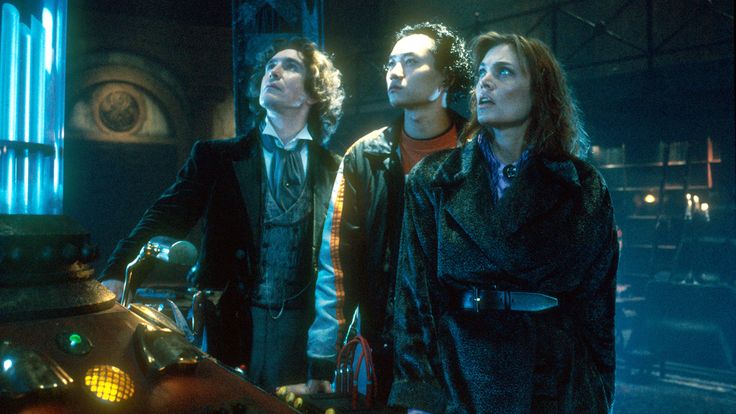
When Doctor Who was cancelled in 1989, a number of independent production companies showed an interest in taking up the mantle. Ultimately, of course, the baton was passed to producer Philip Segal, who – together with Fox, Universal and the BBC – made the TV movie in 1996, which was intended to spawn a whole new series of Eighth Doctor episodes. Alas, as it turned out, fans would have to wait until 2005 before they next got a glimpse of the Doctor on their TV screens.
But before this, a number of wildly different Eighth Doctor episodes were planned, by different people. Had these come to fruition, today’s Whoniverse could look very different.
One of these productions saw David Burton cast as “the new Doctor Who” – a bold claim that was emblazoned across the actor’s car, and was spotted by a number of confused fans at the Holmesdale First School fete in 1991. And whilst details of his casting are still a bit murky, Burton claims that he’d been officially contracted by an independent production company to take control of the TARDIS. Moreover, a brand new series of Eighth Doctor episodes were apparently produced as pilots to show to the BBC – but nobody seems to know what happened to them.
Intriguingly, one of these new Eighth Doctor episodes was titled ‘The Monsters of Ness’ and saw Burton accompanied by two new companions (twins) going by the names of Heart and Diamond, sauntering around the universe in a red telephone box with blacked out windows.
Alas, there is no record as to what became of these lost Eighth Doctor episodes. According to Burton, security was very tight during the production, with no complete scripts ever being handed out. The actors were merely given sides to learn on a day-by-day basis, which were confiscated when filming wrapped. And to date, no footage has ever surfaced of ‘The Monsters of Ness,’ or anything else from the mysterious David Burton era. (Read more about his story here.)
And speaking of mysterious, the actor Leonard Nimoy (Spock from Star Trek: The Original Series) was also momentarily handed the TARDIS keys for a new series of Eighth Doctor episodes. This was done by an American production company that had struck a deal with the BBC to produce some new Doctor Who adventures. And according to Philip Segal, the company had some issues financing the project, but were hoping to secure an extension of the BBC deal by shooting some second unit footage directed by Leonard Nimoy (the terms of their contract stipulated that they had to be in physical production by a certain date.)
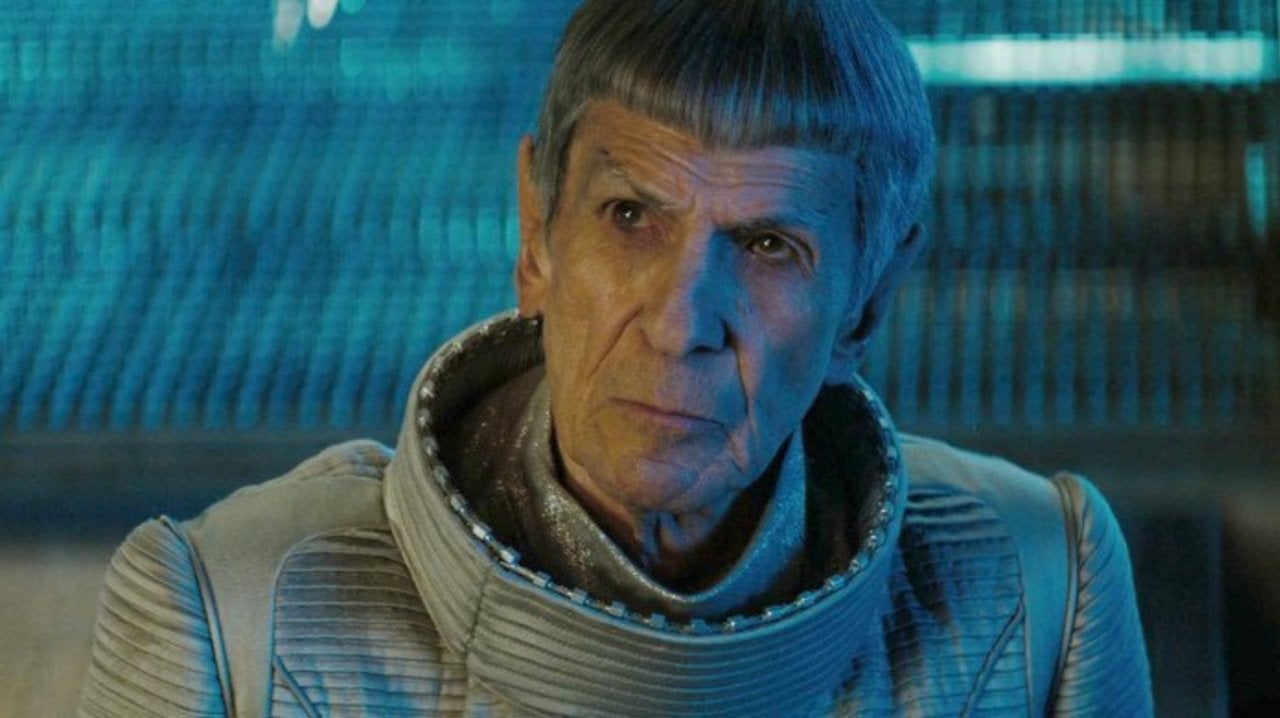
Segal prevented this from happening, however, as plans for his own Eighth Doctor episodes were already advancing. He contacted Leonard Nimoy and told him of the company’s intention to shoot some basic second unit shots – with no concrete plan to begin filming in earnest – and Nimoy quickly backed away from the project.
This allowed Philip Segal to start developing his own Doctor Who series properly. The most substantial of his ideas came in the form of the Andrew Leekley Bible, which mapped out what a new series of Eighth Doctor episodes could look like. This elaborate pitch document was highly detailed and even came up with a new origin story for the eponymous character.
In the Leekley Bible, a young Time Lord known as the Doctor discovers that he is the son of the famous explorer Ulysses. And when his enemy the Master becomes Lord President of Gallifrey, the Doctor takes off in his TARDIS to find his long-lost father, determined to restore peace to the universe. He is assisted on his travels by the spirit of Borusa, who lives in time crystals that power his machine.
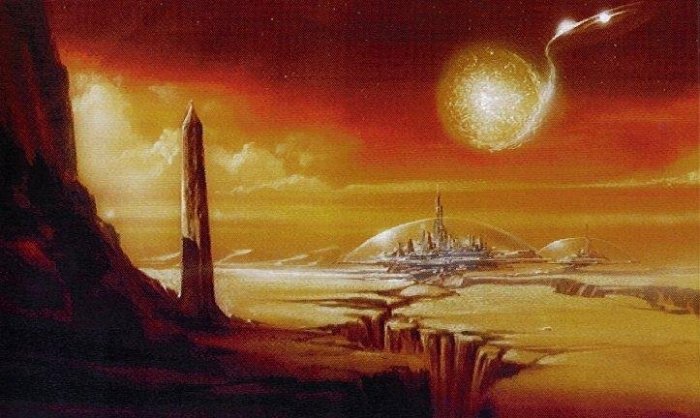
The Leekley Bible then goes on to list some stories that would make up this series. These were essentially re-tellings of classic Doctor Who serials, such as the Third Doctor adventure ‘The Daemons‘ which was renamed ‘The Daemon Within’ and set in Salem, Massachusetts. There was also ‘The Pirates’ (based on ‘The Smugglers’) and ‘The Talons of Weng-Chaing’ (we’ll let you figure that one out…) Leekley even proposed a re-worked version of ‘Shada‘ – the famously unfinished Fourth Doctor story from 1979.
Moreover, the first of these new Eighth Doctor episodes was intended to be a re-imagining of ‘Genesis of the Daleks,’ titled ‘Fathers and Brothers.’ In this story, the Master kills Davros and is responsible for the creation of a new race of Daleks, which take the form of robotic spiders. And whilst this episode reached the scripting stage, it was ultimately felt that Leekley’s ideas were too serious in tone, and they didn’t ultimately fit with Segal’s vision for the new series.
Of course, the version of Doctor Who that eventually made it onto the screen in 1996 is something of a mix of the old and new. There are echoes of a more complex backstory for the Doctor, who controversially claims that he is half human – a point which is substantiated by the Master (goodbye, canon.) However, what a new series of Eight Doctor episodes might have looked like beyond this is a complete mystery. But we have speculated what an Eighth Doctor TV series might look like in this article.
And whilst it’s likely that any follow-up Eighth Doctor episodes would undoubtedly have starred Paul McGann (who was already planning to move to Canada, where the movie was filmed) many other actors had been considered prior to his casting. For example, at one stage Philip Segal offered the part to the actor Michael Crawford (of Some Mothers do ‘ave ’em and Phantom of the Opera fame) who was reportedly intrigued by the idea, but ultimately passed on the project.
Looking back, the 90s is arguably one of the most fascinating and uncertain times in the history of Doctor Who. In some ways, it spawned some of the most mysterious adventures; indeed, the canonicity of the Virgin novels (and the BBC books) is still being debated to this day. And of course, we can only speculate as to what the Eighth Doctor episodes would have looked like if the David Burton iteration had made it to TV. Would the fans have accepted a red telephone kiosk with blacked-out windows? We may never know.
For more on Paul McGann’s Doctor, head over to our other article: The Ultimate Guide to the Eighth Doctor.

TARDIS scarf – order now from the Lovarzi shop!
Shop on Amazon
Latest posts…
- Amy Pond: Why can’t the Doctor save her?
- Doctor Who: Ranking all of the Auton stories
- 3 problems faced by Doctor Who showrunners
- Doctor Who: Ranking all of the classic Sontaran stories
- Is Doctor Who Season 13 the pinnacle of the Tom Baker era?
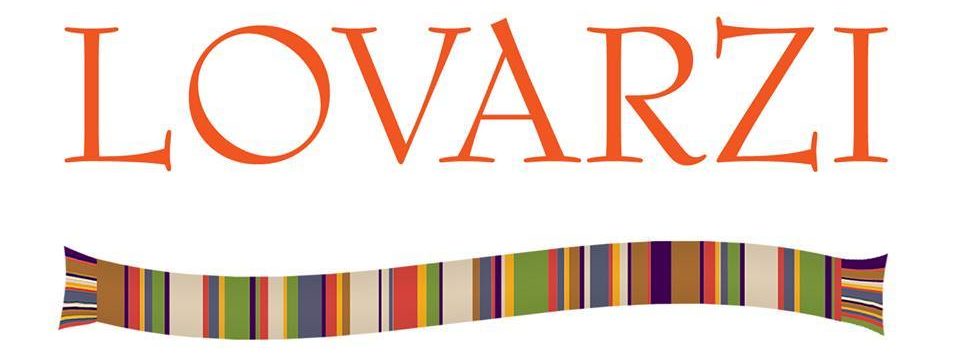

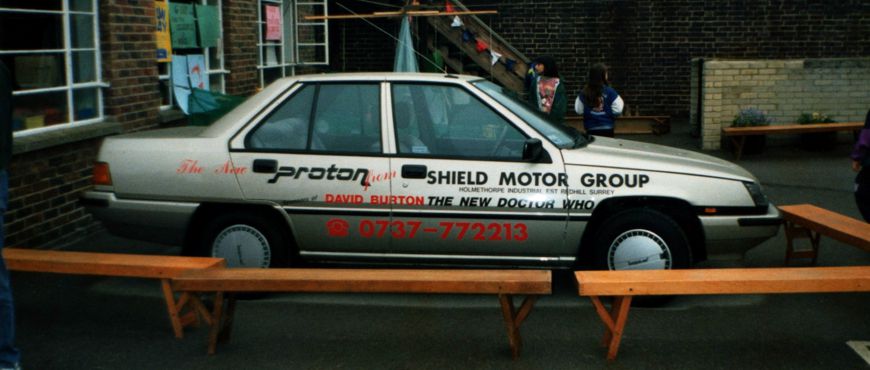
Leave a Reply